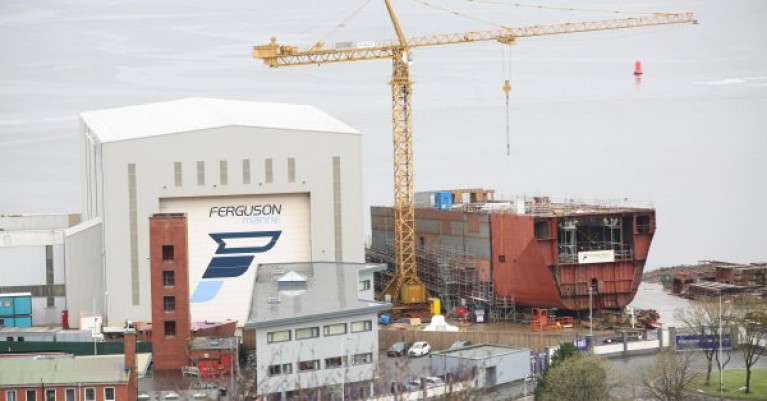Displaying items by tag: Bosses
Bosses at Scottish Shipyard fear £250m Ferries Will Never be Used Amidst Spiralling Series of Serious Faults
A catalogue of spiralling faults with two vessels is at the centre of Scotland’s ferry fiasco under the stewardship of minister-controlled Ferguson Marine has prompted serious shipyard concerns over whether they will ever see service.
A damning March internal analysis from minister-controlled ferry owners and procurers Caledonian Maritime Assets Limited reveals the number of faults that remain outstanding on the ferries has risen from 166 before nationalisation to 237 in March. Some 65% of them relate to safety, maintainability, or specification requirements.
New internal documents from nationalised shipyard firm Ferguson Marine admit a serious risk that CMAL may not accept the vessels for the ferry operator CalMac’s lifeline services to Scotland’s island communities.
CMAL, in the document seen by the Herald on Sunday, criticises management systems in place and said the most pressing risk issue was the "failure to completely understand the actual remaining works that must be completed in order to deliver each vessel".
Ferguson Marine analysis from April reveals highest level risk concerns in five key areas, with new project 'non-conforming issues' surrounding stability, the fuel system. and escape routes.
More from The Herald Scotland which requires subscription.
In addition to further coverage of the shipyard saga from This Week which chronicles the ongoing delays of the pair of hybrid-fueled ferries to serve on the Western Isles. Among them the Isle of Arran on the Firth of CLyde, CalMac's busiest route.
























































